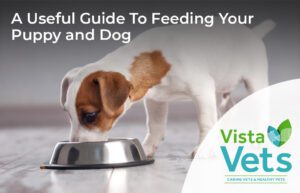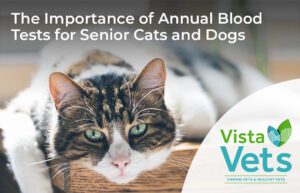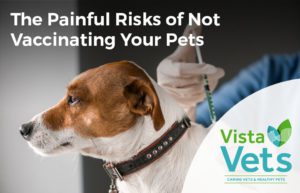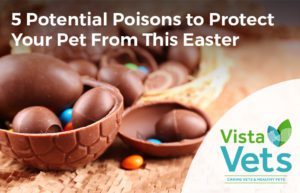
Top 8 Reasons You Should Neuter Your Pet
What is neutering? Neutering is a surgical way to stop reproduction. In males it’s called castration and in females it’s called spaying. During castration both

What is neutering? Neutering is a surgical way to stop reproduction. In males it’s called castration and in females it’s called spaying. During castration both

Making sure your cat has the best diet goes a long way to keeping them healthy and happy for the longest time possible. If your

Feeding your puppy or dog a good diet is key to a long and healthy life. Both nutritional content and portion control have a big

Taking care of the older pet – annual blood tests and the importance of knowing what’s ‘normal’ for them As our cats and dogs get

Welcoming a new puppy or kitten into the family is always exciting. You’ve picked your ideal pet, you have all the stuff, and you’ve got

Diseases that you pet can be vaccinated against can have devastating effects. For most of the viruses that affect pets today there is still no

Running around, moving, and exploring is an instinctive part of a cat and dog’s life, and is fundamental to their physical – and mental –

Did you know that lockdown affected the mental health of our dogs as well? New research by Guide Dogs has revealed that 74% of the

Worried your dog has eaten chocolate? With this unique tool, you can get an instant toxicity rating based on your dog’s weight and how much

Easter and Spring are celebrated times across the country and bring fresh growth in our gardens, lighter nights, bank holidays and of course…. visits from
Sign up below to receive your £20 voucher for vista vets.
Plus, you’ll be the first to receive news and special offers.